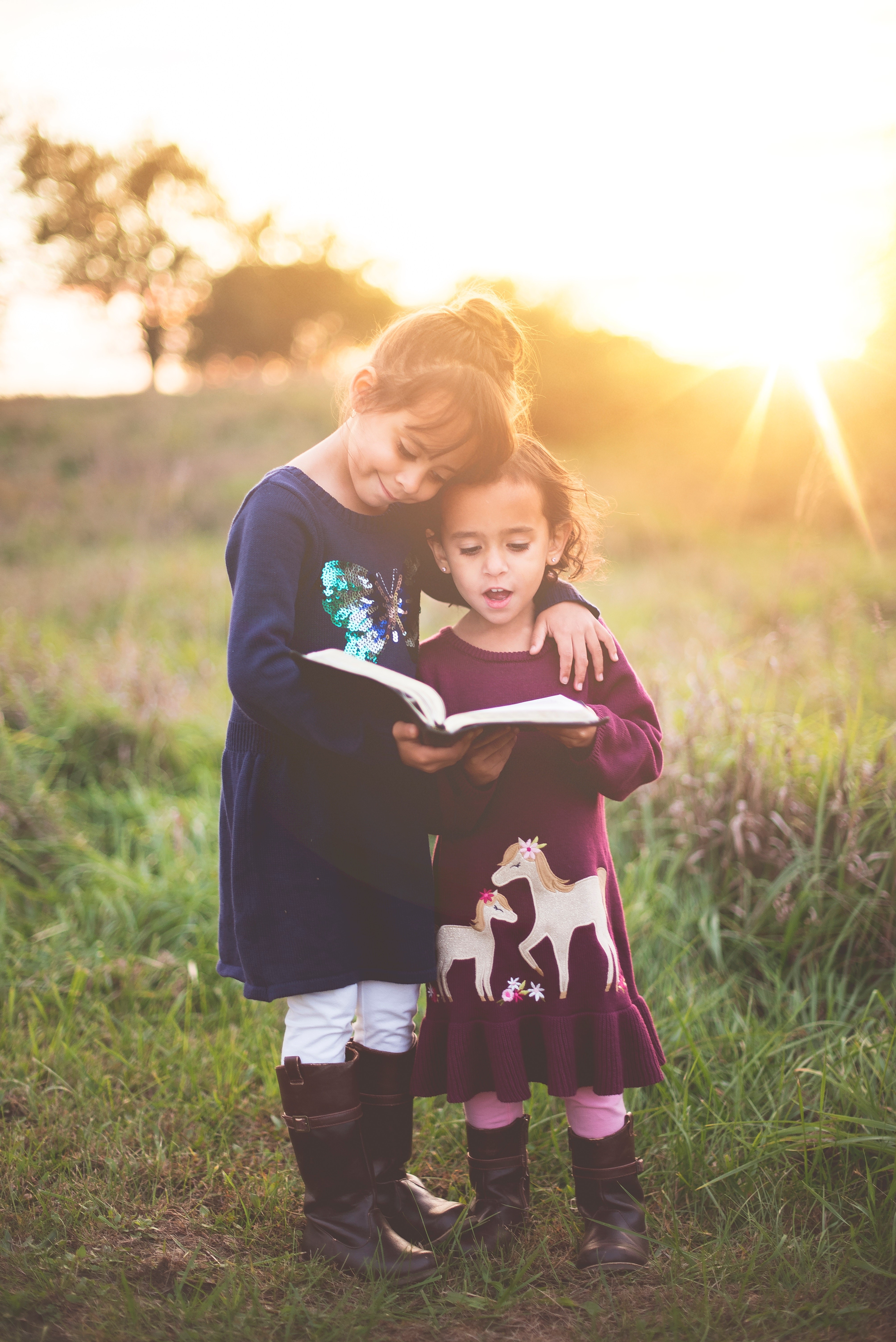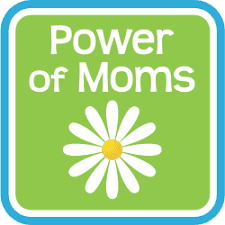Today’s post was written by the very funny and highly knowledgeable Liz at The Stay Sane Mom. https://www.thestaysanemom.com/ Liz is going to break down how to teach your kids how to be kind (hint: show, show, show).

Liz is a thirty-something mom with a preteen stepdaughter (and budding Instagram addict), a sparkle-clad
Liz’ Stay Sane Mom Mission
The Stay Sane Mom was born out of Liz’s journey into wife-dom and motherhood. She noticed that wife-ing,
How to Teach Your Kids to Be Kind
Right off the bat, you can tell this a blog on teaching your kids to be kind not the type of blog post you usually see.
I know I personally am far more guilty of filling my search history of things like “how to make my teen do more extracurriculars and enjoy it” or “how to teach my one-month-old to read Tolstoy in original Russian”. Maternal pressure to achieve? Me? Say it isn’t so!
Yet this is the society we live in. Most of the focus goes on either material acquisition or accomplishment and, if you look at what kids are faced with these days, I kind of understand why.
Kids go to school and are faced with two things: peers showing off all their cool material stuff (in actual, real life, public middle school my 13 year old has a friend with two apple watches…because apparently they needed one for each arm?) and teachers telling them they’ll never get into college unless they do X, Y, and Z. Then they come home to all the homework, extracurriculars, instrument practice, and other things we good parents force them to do so they’ll get into that hypothetical good college some day and if they are lucky enough to get some downtime to watch TV and unwind, they are promptly bombarded by commercials for more material stuff.
It’s not surprising that kindness is so far down the priority list, for parents and kids alike.
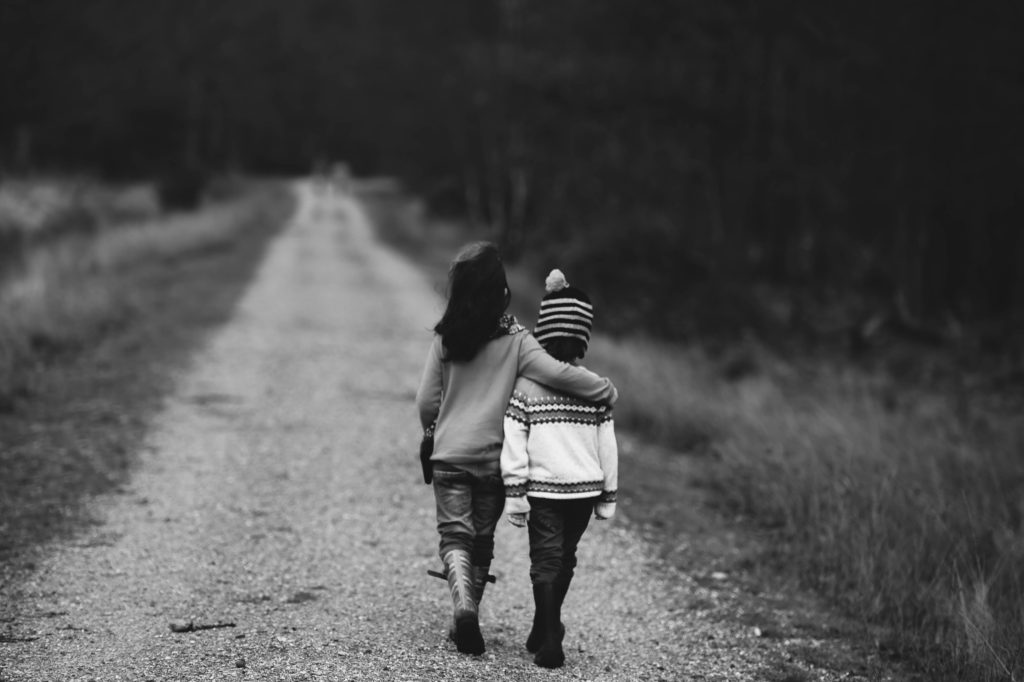
Why It’s Important to Teach Kids Kindness
Now, I want to go on the record and say upfront that you should teach your kids to be kind for the simple reason that that’s how the world should be. We, as human beings, should treat each other with kindness and compassion because it’s the darned right thing to do and that’s that.
However, I do live in the world of reality, so I’m also going to give you the practical reason why it will benefit your kids in the long term for you to raise them as kind people.
While we live in a materialistic, “me”-centered world, we also live in a world of people. Your kids are going to have to deal with other people. In this college we’re working so hard to get them into, your kids will be taught by professors who are people, will form study groups with peers who are people, and will give thesis presentations in front of committees who are people. (Because apparently they have not yet created thesis-grading robots.)
When your kid leaves the college bubble and joins the workplace, they will work for bosses who are (you guessed it) people and will have to collaborate with co-workers who are (yet again) people.
Okay, this is getting repetitive. I know these are all people. What’s the point?
The point is that we humans respond better when we are treated with respect, consideration, and, yes, a sense of fundamental kindness.
Small children are surrounded by parents, teachers, and peers who are stuck with them no matter what they do. Even the kid in the class who is a misbehaving stinker to the teacher, bullies his peers, and goes home to defy his parents will still have those teachers, “friends” (though possibly through coercion), and parents the next day.
When you’re adult, the world simply isn’t like that. People who are rude to their bosses get fired. People who undercut and backstab their coworkers have extremely unpleasant work environments. People who take advantage of their adult friends find themselves with lots of phone numbers in their contact book but no one who is willing to answer on the other end.
In the adult world, the only people who are truly in your kid’s corner will be those to whom they have been truly, genuinely, and voluntarily kind.
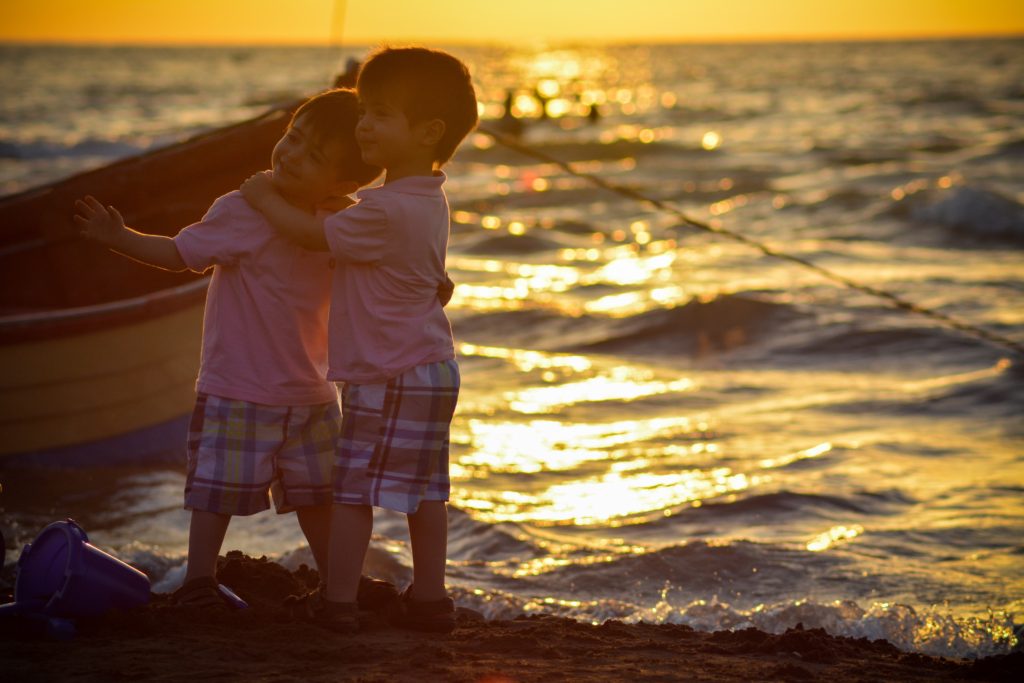
So How Do You Teach Your Kids Kindness?
If this is such an important skill for your children to learn, how do you teach it to them? I have three basic answers for you. Unfortunately, they are ordered in descending levels of ease (read: the first is the easiest to enact, the last the hardest) and ascending levels of effectiveness.
This means that the first category is incredibly easy to do, but won’t be too terribly effective in actually getting your children to exhibit kindness in the long term. The next one, which is a little harder, is a little more effective. Finally, the last one is incredibly challenging to change but will affect your child in a permanent and lasting way.
Buckle up, mama.
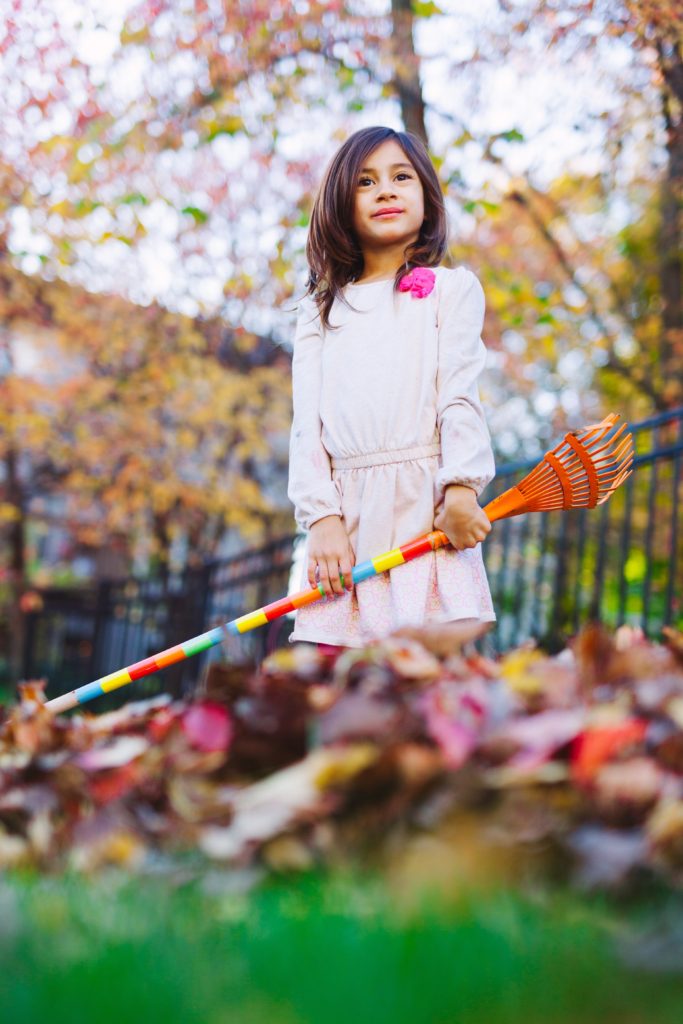
What We Say
This one is where most of us already shine.
I’m pretty sure every mother on the planet would be disgustingly, decadently wealthy if they received a dollar every time they said “be nice” in a warning voice to their child on the playground. Add another fifty cents for each time we made them say please or thank you and we’d each have the luxury of parenting on our own private island.
Unfortunately, as most of you have probably noticed, kids don’t actually heed 90% of the things we say for them to do. This doesn’t mean we should stop reminding our kids about kindness, encouraging kind behaviors, and explaining why kindness is necessary. It just means that we can’t stop there.
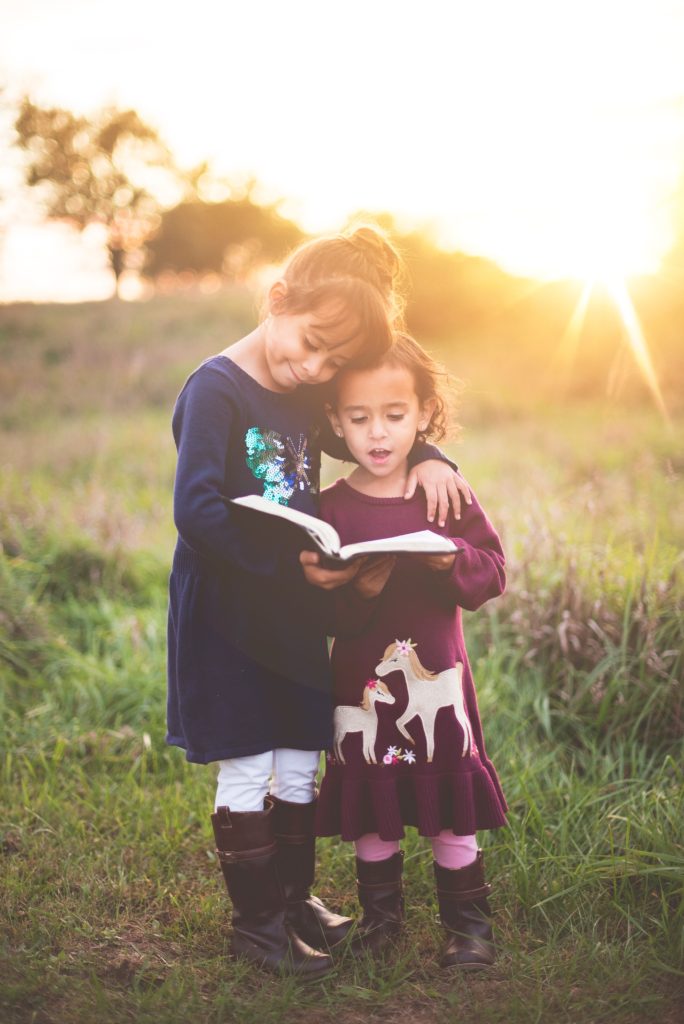
Putting It Into Practice
Even though what we say to our kids is only a small slice of the pie, it doesn’t mean it isn’t still important. Here are some basic ways you can verbally help your child to be kind:
- Talk to them about why it’s important to be kind.
- Help them put themselves into another person’s shoes. Empathy will increase kindness.
- Figure out which kind behaviors are most important to you (e.g. saying thank you, asking family members how their day was, saying “hi” and “bye” on phone calls, etc.) and vigilantly remind your kids of those specific behaviors until they master them.
- Don’t focus on more than 3 behaviors at a time or you might overwhelm your kids. Master a few, then move on to new ones once they’ve gotten the first ones under their belts.
What We Do
This is where the rubber begins to meet the road.
Like any new mom, I spent hours with my “should be starting to talk” aged infant trying to teach her to say things. I tried to teach her everything from the basics (“please”, “thank you”, “I love you”) to some more specialized vocabulary (“waffle fries”, “educational”, “I promise never to date”). You know, normal mom stuff. Then, when I got tired of teaching my adorable, little potato to talk, I’d go get lunch as a treat for a tired mom.
After a few months, she had indeed learned a few words. Which ones did she learn? Her first regularly-occurring words (other than the usual “mom” and “dad”) were “thank you” and “bye”. Was this because I was such an awesome mom and had managed to instill a sense of kindness and gratitude into my baby?
No freaking way!
She learned to say “thank you” because, after I finished harassing her with strange sounds all morning, she was used to sitting on my hip, watching the girls at Chick-fil-a (who are practically family by now) give me my waffle fries, and seeing me say “thank you, bye!” after they did so.
She didn’t care about all the intentional effort I was spending trying to teach her vocabulary, but she took immediate notice of what I did in front of her.
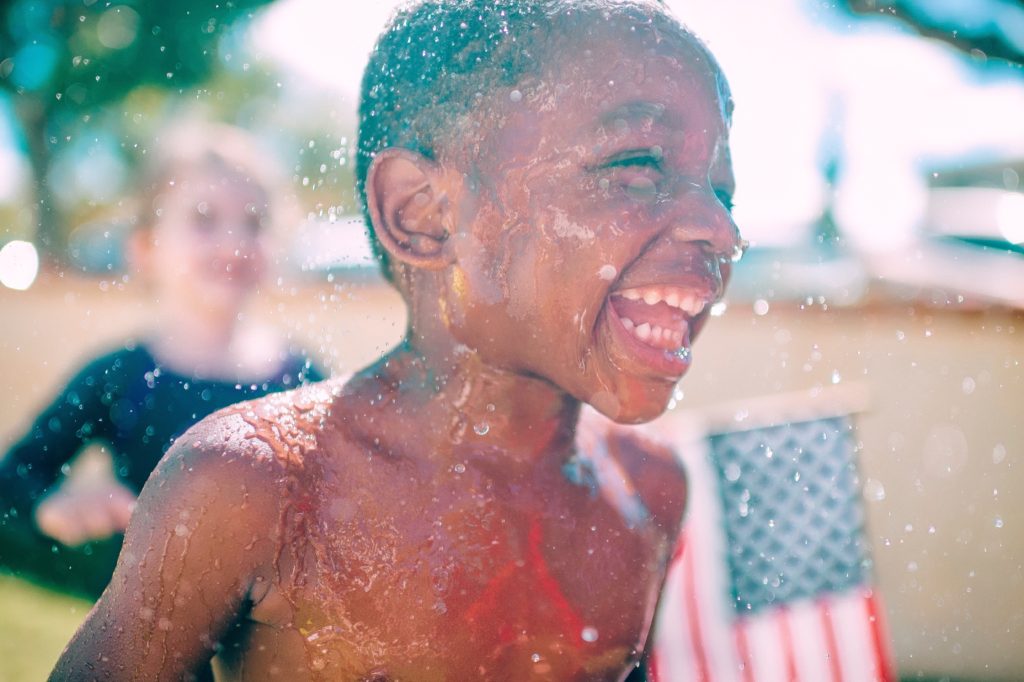
Putting It Into Practice
This is where you get to start instilling some of the actual habits you want your kids to learn. You aren’t going to nag your kids into doing these or even highlight them with an underhanded, poignant comment (no matter how much you want to), you’re simply going to let them observe mama at work.
- Start early! The younger kids are when they see mom performing kind behaviors, the better.
- Make sure you not only use your manners during obvious times (like when someone gives you a gift) but in all those other little interactions that don’t really feel too important. This is stuff like kindly chastising a misbehaving pet rather than screaming at them, how you talk to your spouse, and how you treat other kids.
- You can even play out kind behaviors and conversations when you’re playing with toys. This play is when they’re setting up their expectations for how the world works.
- Don’t be afraid to call yourself out if you do something rude or unkind. Part of this is letting them know how to act when they mess something up. These opportunities are just as (if not more) important than the moments when you have it all together!

Who We Are
This one is almost impossible to fake and it’s really challenge to intentionally change, even if you’re genuine in doing so.
Kids are amazing little sponges. They go from little blobs of infant who barely open their eyes to fully-fledged humans (with thoughts, ideas, and visions for how the world works) in the span of a few short years.
These years are extra critical for us moms because, during this key period of time where your kid is figuring out how people can, should, and do act, you are 99% of their social network.
This means that your words, actions, and basic character itself are on display as government exhibit number one as your little critter figures out what people are like.
If you habitually go the extra mile to make sure your family members are happy, loved, and taken care of, you can bet that you’re going to raise a kind and generous little human. If you often snap when frustrated, yell at the dog, or otherwise let your personal stresses override your own sense of kindness, you can bet your little one is going to start thinking that’s acceptable behavior.
Remember, in the first three years you are basically their only source of information.
And, as we said before, they’re not really paying attention to what you tell them. They’re barely paying attention to what you say out loud to anyone. What they’re really focusing on is what they see you modeling. What they see you showing as a priority in your own life.
As I said up front, it’s darn near impossible to game the system on this one. Just make sure the person you are around your kiddos is

Putting It Into Practice
There are no quick and easy bullet points on this one. It’s all action and very little talk.
Even if you drag them to volunteer at a homeless shelter once a week, it won’t make nearly as much of an impression as when you treat their older sibling kindly even after they’ve shattered a dropped glass of milk all across your freshly-cleaned kitchen floor.
My one piece of advice here is to leverage theidea that your little one is watching you, emulating you, and using yourbehavior as a baseline for what is “acceptable” out in the world. When I want to throw my phone across the roomand drown my frustrations in a two-liter bottle of Dr. Pepper, it’s the ideathat my behavior is showing my tiny human how to handle frustration that keepsme from the edge.
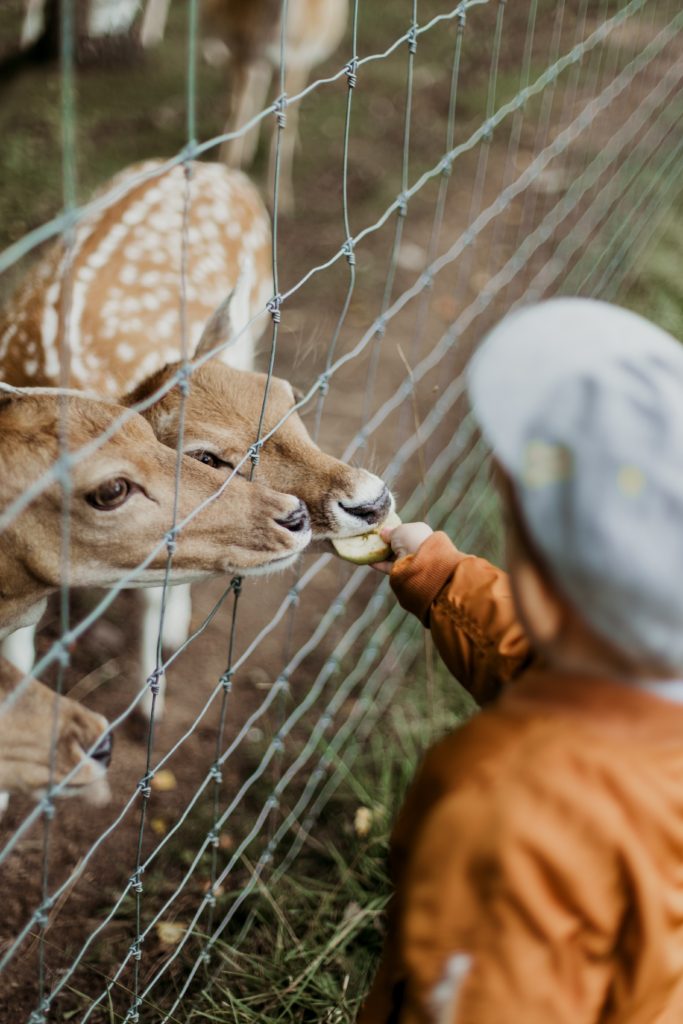
Teaching Kindness: The Summary
It’s ultimately essential for kids to learn kindness, both for selfish and altruistic reasons.
For better or worse, they are going to learn this behavior mostly in the first few years when you are their (almost) sole source of information. The message can and will be destroyed or reinforced as they continue growing, again, largely based on what they see from you (and the rest of their social network).
Kids don’t care what you say 99% of the time, but they are carefully watching how you act and your overall character as a human being.
Overall, your biggest asset in teaching your kids kindness is your overwhelming love for the tiny monsters themselves. Watching how you value and take care of them will set them up for a lifetime of valuing and taking care of others.

If like me, you liked Liz’s style and want to subscribe to follow her you may do so here: “Tiny bits of sanity delivered straight to your inbox. You deserve some support too. I can’t
What about you? Do you find yourself in that ‘do as a say, not as I do’ place? Has your child surprised you with a kind deed? What tips do you have for us to teach our children to be kind? Thank you <3
ffac431b17bb15819d151b8405494c215b8a42ee091ed30085

